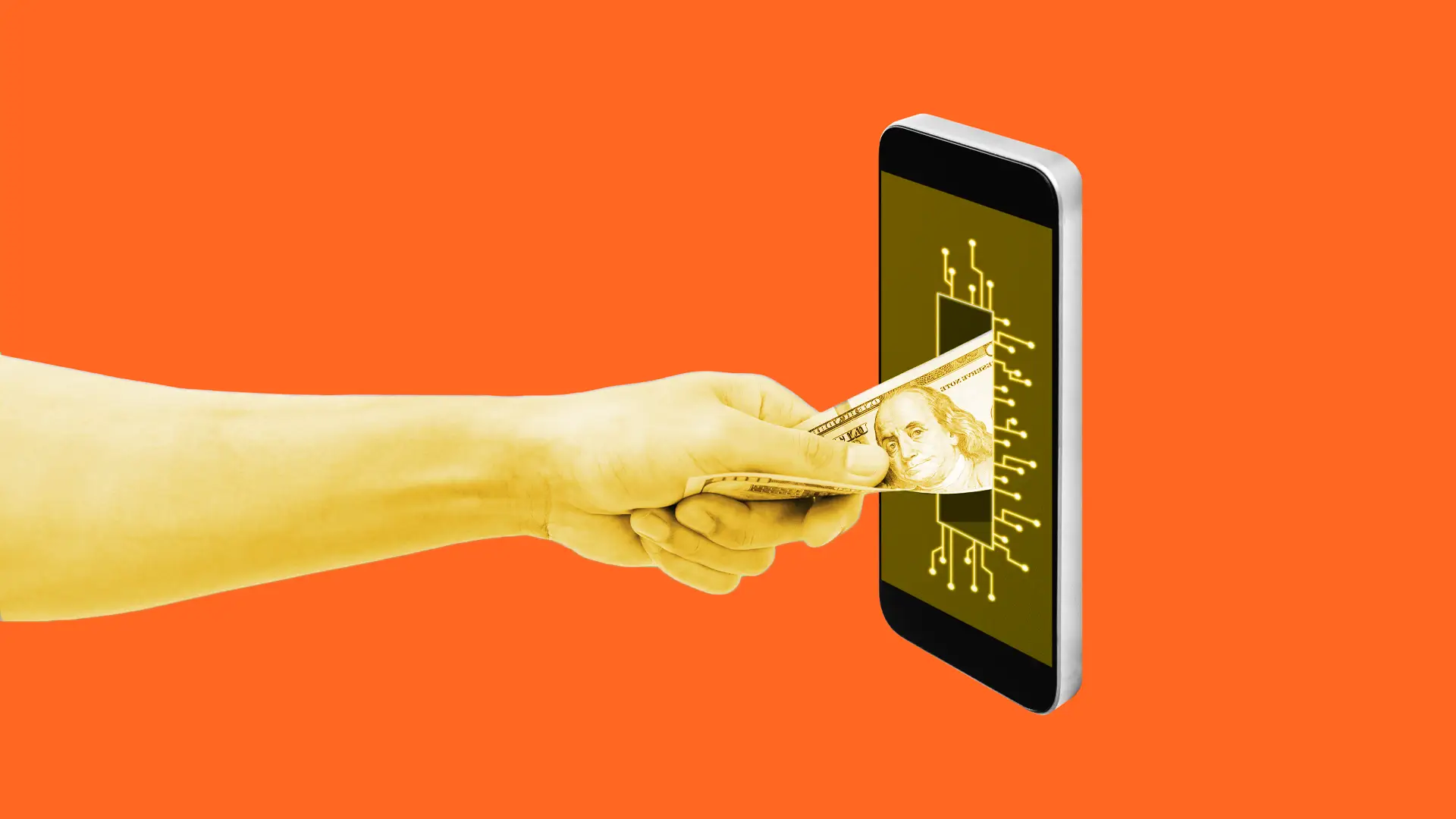Key Takeaways
- Google's algorithm is changing to prioritize user experience (UX) in site rankings starting in 2021. Strong UX design can result in up to 400% conversion rates.
- Trends in UX include designing for transparency, finding micro-design communities, and understanding the system behind the design.
- Google's algorithm considers mobile-friendliness, speed, content stability, and ad annoyance in determining good UX.
- Recommendations for brands to prepare for the algorithm change include reducing errors, comparing to competitors, and using heat maps to find usability issues.
- Google is providing tools such as PageSpeed Insights, Chrome UX Report API, and Core Web Vitals Report to help with UX improvements.
We all know that talking benefits over features, or thinking like someone who doesn’t work at your company (the ol’ outside-in approach), is Marketing 101. But now, the way brands cater to customers is about to get a whole lot more important.
Google announced that user experience (UX) will factor heavily into their site rankings starting in 2021. The impetus behind it? Google understands the majority of sites don’t belong to big brands. They also know that fact doesn’t mean their customers love them any less. This move aims to level the playing field so that the Davids can be at the top of the page with the Goliaths. Great news if you had been considering ramping up your site’s UX or are one of the 70% of companies who had digital transformation in the works pre-COVID-19.
As a huge bonus, every player has advance notice that this is coming. (It’s like when your friend finds out about a pop quiz the day before it’s happening. It gives you time to prepare.)
So, let’s take a look at how UX is changing the digital—really the business—landscape, and what you can do to keep up.
That UX Hook
It’s not an exaggeration to say that UX could make or break your business. Forrester Research shows that strong UX design yields conversion rates up to 400%. And it’s especially important in this COVID-era, where many companies were forced to change the way they operate to be more (or fully) online and to keep throngs of new digital customers happy.
Strong UX design yields conversion rates up to 400%.
Comcast’s Director of UX Engineering and Design Kathryn Stracquatanio believes good UX creates an emotional connection with users. “Good UX is an interface that you enjoy using,” she says, “and includes the look, the feel, a tactile quality, sound animation, speed.”
Editor-in-chief of UX Planet Nick Babich agrees. He also points out that “the power of emotion in digital products goes beyond creating pleasurable experiences—it makes the experience more memorable, and this drives adoption and sometimes creates new user habits—that’s why the best products in the world were designed for emotions.”
Where UX is Trending
As the importance of user experience continues to gain traction, the industry keeps widening its capabilities—and surprising, delighting, and informing customers. Google’s Material Design wows with 3D, realistic effects, and animation for onscreen touch experiences. And microcopy—the bits of information that guide a user through a particular experience like filling out a form—while not particularly sexy, help keep a user’s frustrations at bay.
The UX Collective’s annual State of UX Report identifies three key trends of its own: designing for transparency in a post-deep fake world; finding micro design communities outside of Design Twitter and Reddit, which are too huge to be effective; and spending less time designing additional components for a system and more time understanding the system behind the design.
A major UX trend this year is designing for transparency. 2020 State of UX Report
Boosting Your UX IQ
Ok, we get that UX is critical and trends are shifting, but let’s get back to that Google rankings change that’s going to be here before we know it. What, according to the mighty Google algorithm, constitutes a good user experience on a site? From its developer document, there are the basics such as, is it mobile-friendly, does it load fast, does the content jump around when it does, and are there annoying ads?
Marketing guru Neil Patel (Forbes calls him one of the top 10 marketers) digs a little deeper. He breaks down the five steps that he recommends brands take to get prepared. It’s everything from reducing 404 errors to comparing your experience to your competitors to finding usability issues through heat maps. Heat maps show where users are clicking, so if you see a heat cluster on an image that isn’t clickable, for example, you know you have something to work on.
And Google itself is providing some of the very tools to get the job done. PageSpeed Insights incorporates the new metrics, the Chrome User Experience Report API gives you 28 days of historical data for your URLs, and the Core Web Vitals Report will summarize how your site is performing.
Wait—Who's Doing All This?
Getting UX up to snuff (and up to Google’s standards) is no easy feat. Top UX talent is fundamental to ensuring the whole thing works. In fact, UX is a key role in driving hyper growth for companies this year.
In our recently released report, The Cheat Code for Growth, the majority of the marketing and creative leaders surveyed believe one of their biggest challenges is trying to fill these roles. This is especially interesting given that 95% of these top execs also say that the customer experience, which goes hand-in-hand with user experience, is critical to growth.
Google's new algorithm means UX talent are key to driving hypergrowth.
Google’s new algorithm means UX talent are key to driving hypergrowth.
Bottom line? After 22 years of changing the world, Google’s about to do it again. We can’t wait to see how brands respond to their new rankings system—and how customer behaviors (that is, our behaviors) respond.
Latest.

Strong UX is critical to the future of digital payments.
Consulting & Operations, Engineering & Technology, Innovation & Emerging Tech, Financial Services, Technology

How to attract design executives in a competitive market.

The truth about PTO as a freelancer. (Yes, it’s possible.)
Career Advice, Diversity, Equity & Inclusion, Retention Strategies, Talent Acquisition & Recruitment





